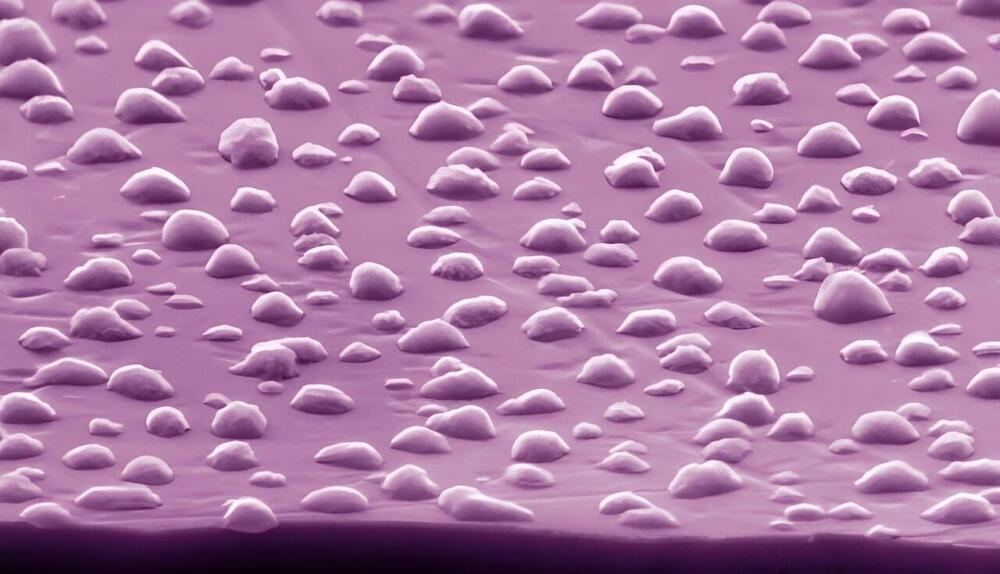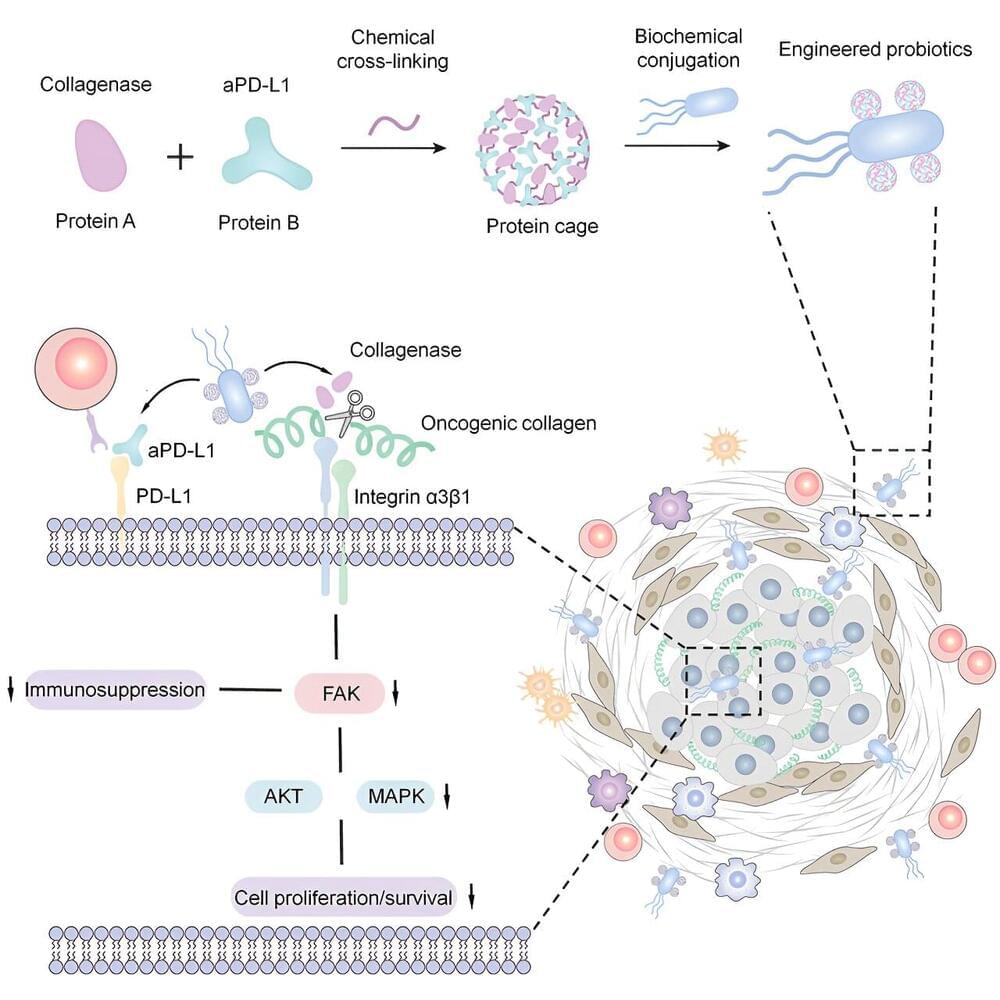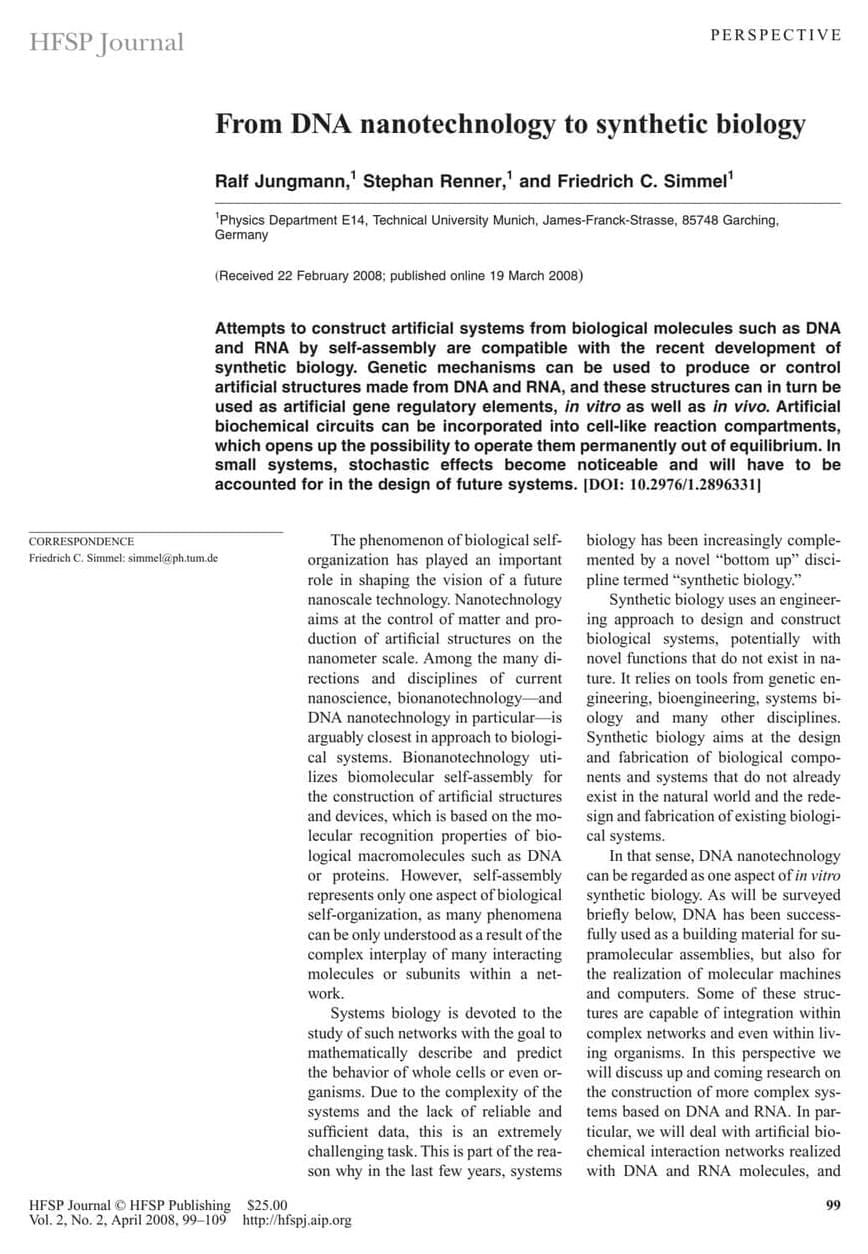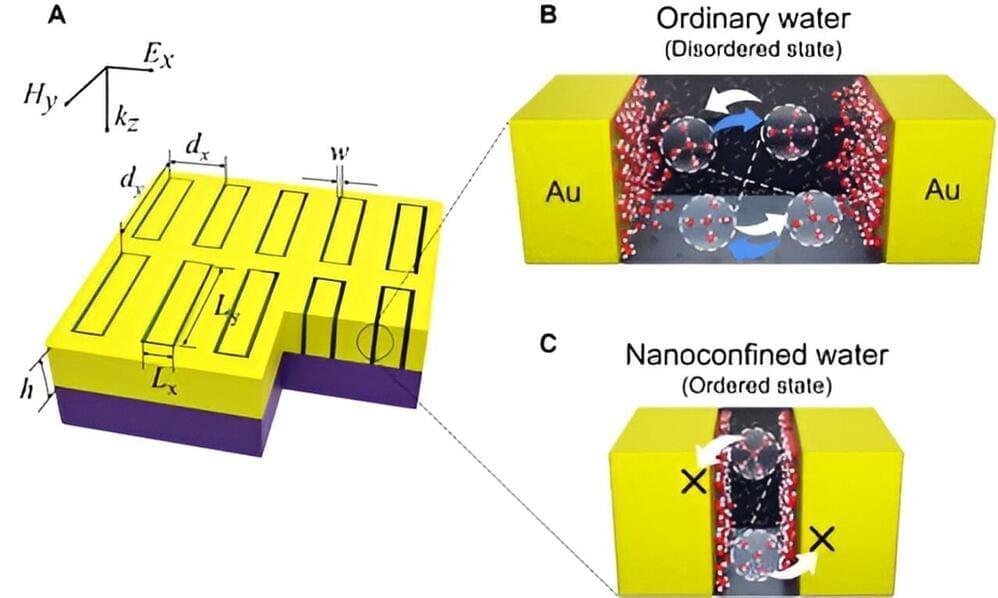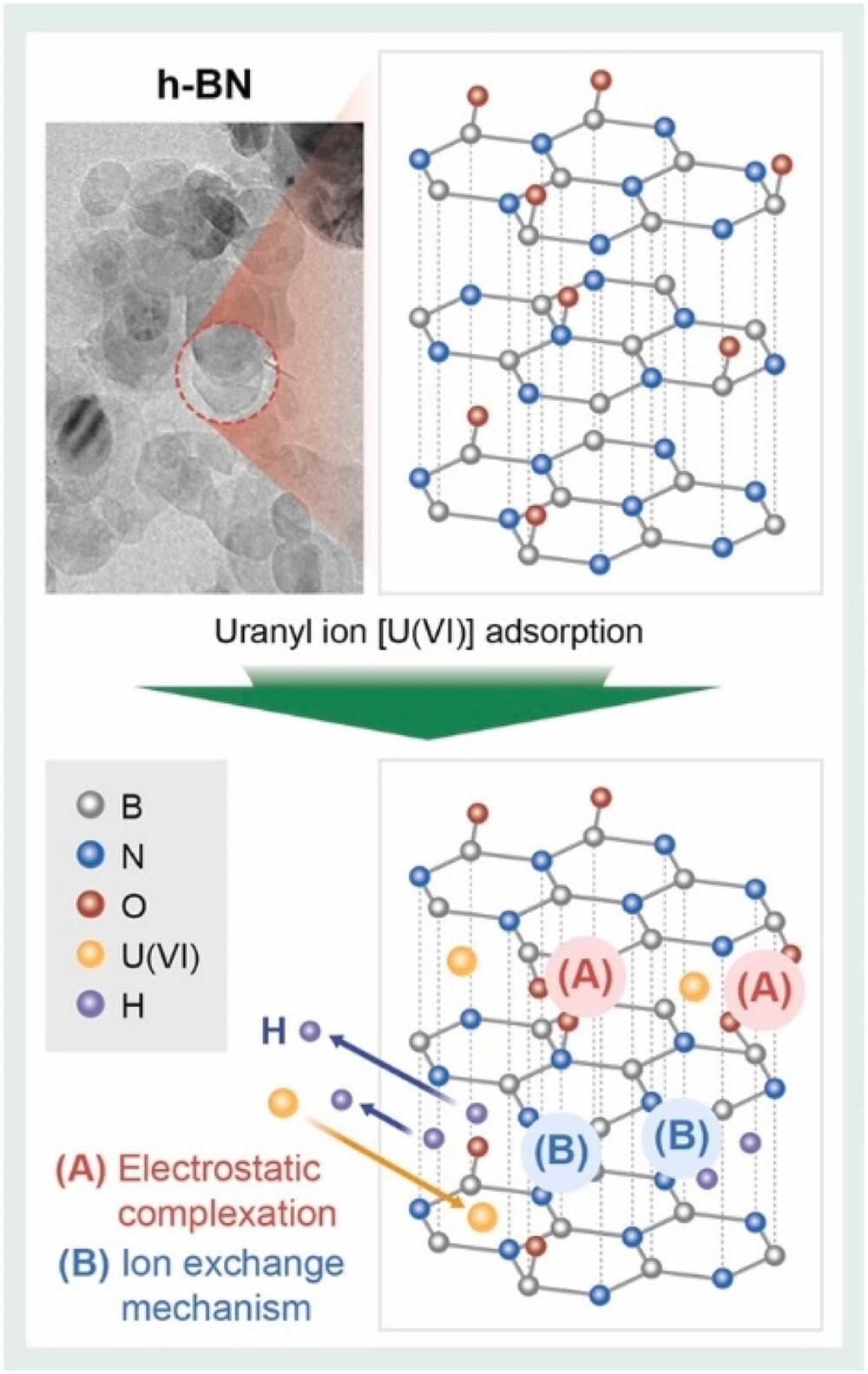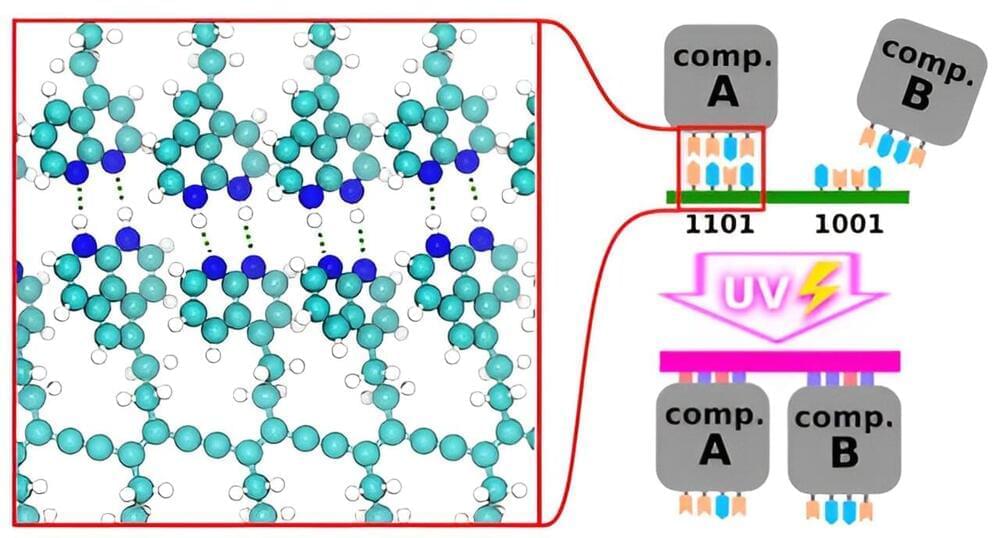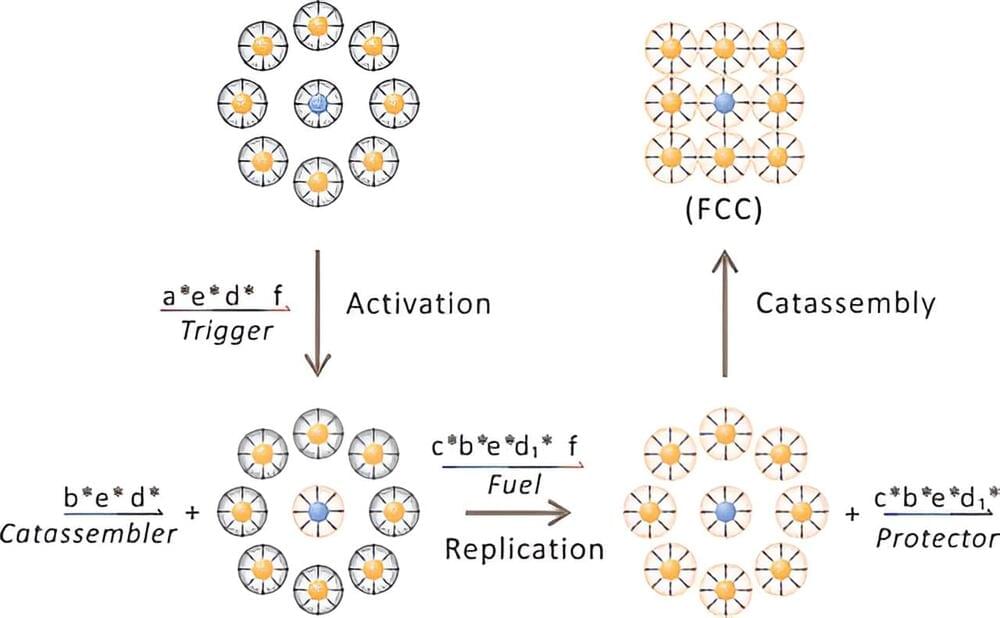May 3, 2024
Nanostructured copper surface shows potential for transparent, antimicrobial surfaces in touch displays
Posted by Shailesh Prasad in category: nanotechnology
The interest in antimicrobial solutions for personal and multi-user touch screens, such as tablets and mobile devices, has grown in recent years. Traditional methods like sprayable alcohols or wipes are not ideal for these delicate displays. Antimicrobial coatings applied directly to the glass are a promising alternative, but only if they are transparent and long-lasting.
